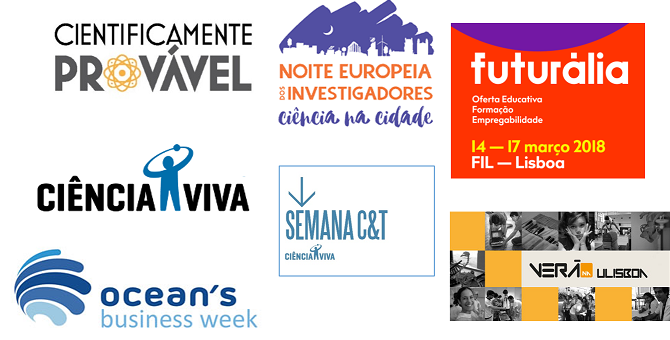Why is communicating science becoming increasingly important?
This may sound like a cliché, but we are indeed living through challenging times. Society is growing more divided and polarized, with heated factions forming around issues like vaccines and climate change. Each side fiercely defends its beliefs, convinced that they are right and the others are wrong
But where does the truth lie? At the end of the day, science remains our most reliable tool for understanding the world and getting closer to it.
Many of today’s societal challenges are both complex and urgent. Scientists find themselves in a privileged position: on one hand, they can address these complexities using their expertise and advanced training to find practical solutions; on the other, they recognize the urgency of some issues that require greater visibility and funding. To bridge this gap, the dialogue with the non-academic public is fundamental! The challenge however, is that people with varying levels of understanding receive scientific information from a range of sources, often influenced by biases like confirmation bias, which affect their beliefs.
This is where science communication becomes crucial. All humans (scientists included) tend to mistrust what we don’t understand, so the goal is clear: empower everyone with the tools to understand science. This short explanatory video explores how to guide people toward trustworthy sources, like publicly funded research, which offers expert, unbiased information. Though not flawless, these sources are less likely to exaggerate claims or manipulate data, adhering instead to the scientific method and undergoing rigorous peer review by other experts.
In order to promote scientific culture, particularly among the younger generation and educators, we will keep participating in outreach activities, such as the Chemical Open Labs, Cocktail de Ciências, Internships for young people in laboratories, Science&Technology Week, Futurália, Ciência Viva School and Cientificamente Provável Program. These activities can take place at CERENA, at the IST Geosciences Museums or at schools.

The Geoscience Museums of the Instituto Superior Técnico (IST) – Lisbon University are located on the Mines Pavilion (Alameda Campus). The collections of these museums include, in addition to various kinds of geological materials, scientific instruments and educational materials (books, maps and historical photos), personal scientific items that belonged to various teachers of the Mine Section of DECIVIL Department. The major part of the collection comprises geological materials from Portugal and from its former colonies that came from historical mining occurrences, no longer accessible. An updated and continued study of the collection is provided by the Mineralogy and Petrology Laboratory and other national and international research teams. The Geoscience Museums encompasses two specialized museums: Alfredo Bensaúde Museum and Décio Thadeu Museum belonging to the Guide of the Portuguese Geological and Mines Sites. The initiatives associated with the guide are recreational, cultural, educational, scientific, therapeutic, and include locations such as: abandoned or working mines, museums, curiosities, natural landscapes, R&D Centers.

